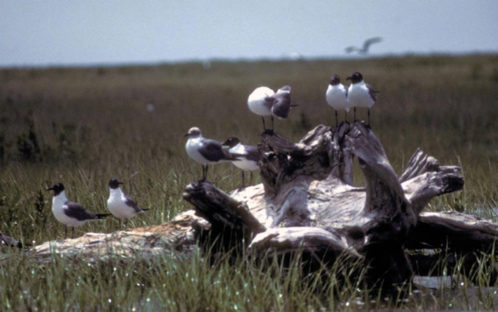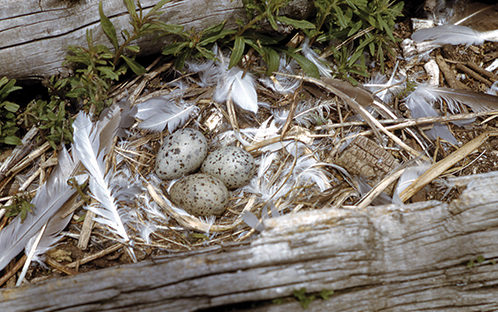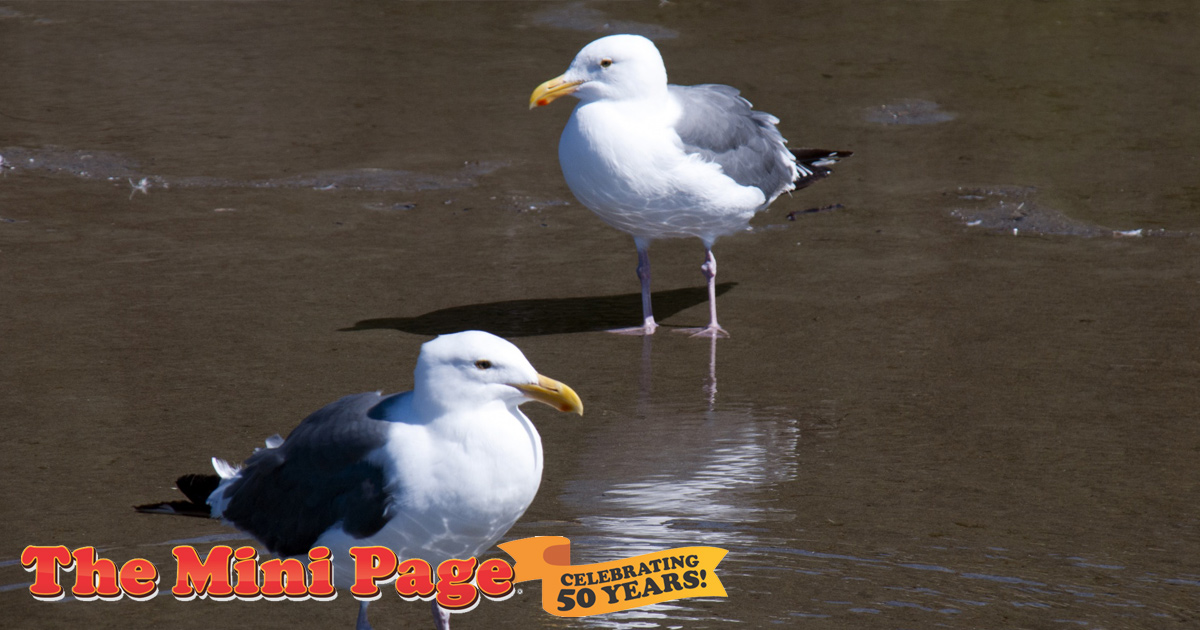
AMP | Kids is proud to announce an ongoing partnership with The Mini Page, now in its 50th year of providing engaging and fun learning opportunities to young readers across the country. This feature was originally syndicated in newspapers the week of July 20 – July 26, 2019. It is distributed digitally here with permission from Andrews McMeel Syndication. Enjoy and share with the young learners in your life!
When we go to the beach or visit a harbor, we often see many “sea” gulls. There are about 45 different kinds of gulls. There are herring gulls, California gulls and ring-billed gulls, to name a few. Even though gulls have webbed feet and can swim well, they rarely go far out to sea. Many might follow boats in hopes of getting food, but most of these birds don’t fly out very far. Gulls can also be found inland near rivers and lakes. The number of gulls is growing because many have discovered that garbage dumps are good sources of food!
Feeding
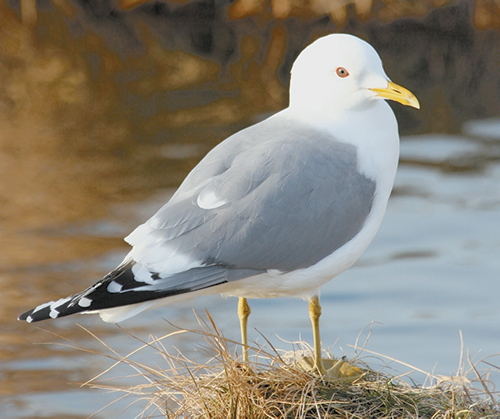
The mew gull has a greenish-yellow bill, a gray back and wings, and a white head. It lives around coastal shorelines, marshy grasslands and interior lakes.
Gulls usually follow the coastal shores in search of food. Often they pick up an oyster or clam, fly up high, and drop the shell to the ground to smash it open.
Gulls catch much of their own food, such as fish, clams and worms. Larger gulls will eat animals such as rats and mice. Often, gulls eat the eggs and young of other birds, such as terns. You might have seen gulls eating picnic scraps or pieces of bread people have tossed into the air.
Many gulls follow farmers as they plow the fields. Gulls eat the worms, insects and mice the plows bring up. They will eat wheat and grain. They also find food by scavenging, or eating dead fish and scraps. This ability to scavenge is why they have adjusted so well to dumps and waste sites. Gulls help humans and the environment by cleaning up dead animals and garbage.
Gulls can drink salt water as well as fresh. They have special glands in their heads to get rid of the extra salt.
Nesting
Most gulls build their nests on the ground near water. Some build nests on cliffs or in trees. A few even build on rooftops and chimney stacks. Both parents help hatch the eggs and feed the chicks. Females usually lay two or three eggs once a year. After the breeding season, each mate goes its own way until it is again ready to breed. Gulls often meet their same mates and breed at the same nesting spot every year.
Gulls do not have nests when they are not breeding, but roost near food sources on offshore islands, sandbars or sheltered waters.
- Laughing gulls
- Gull nest
Gull relatives
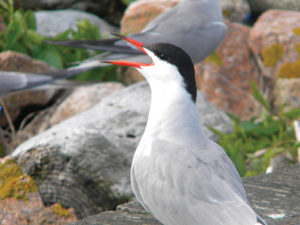
Common tern
Terns are close relatives of gulls. Terns are generally smaller and slimmer than gulls. Terns fly with their bills and heads pointed down. Gulls fly with their bills pointed forward. Terns are more graceful than gulls. They are called “sea swallows.” Terns eat only the fish they catch. They are not the scavengers that gulls are.
Pelicans are distant cousins of gulls. They have long bills and sagging throats. They are excellent fliers. Some fly hundreds of miles a day in search of food. Pelicans eat mostly fish. They use their throat pouches as nets. They can scoop up as much as two gallons of water.
Pelicans like to be together. They fly, roost, feed and breed in groups.
Pelicans can live long lives of up to 25 years. One pelican in a zoo lived to be 54 years old!
Resources
On the Web:
At the library:
- Seagull by Isabel Thomas
Teachers: For standards-based activities to accompany this feature, visit Andrews McMeel Syndication. And follow The Mini Page on Facebook!

